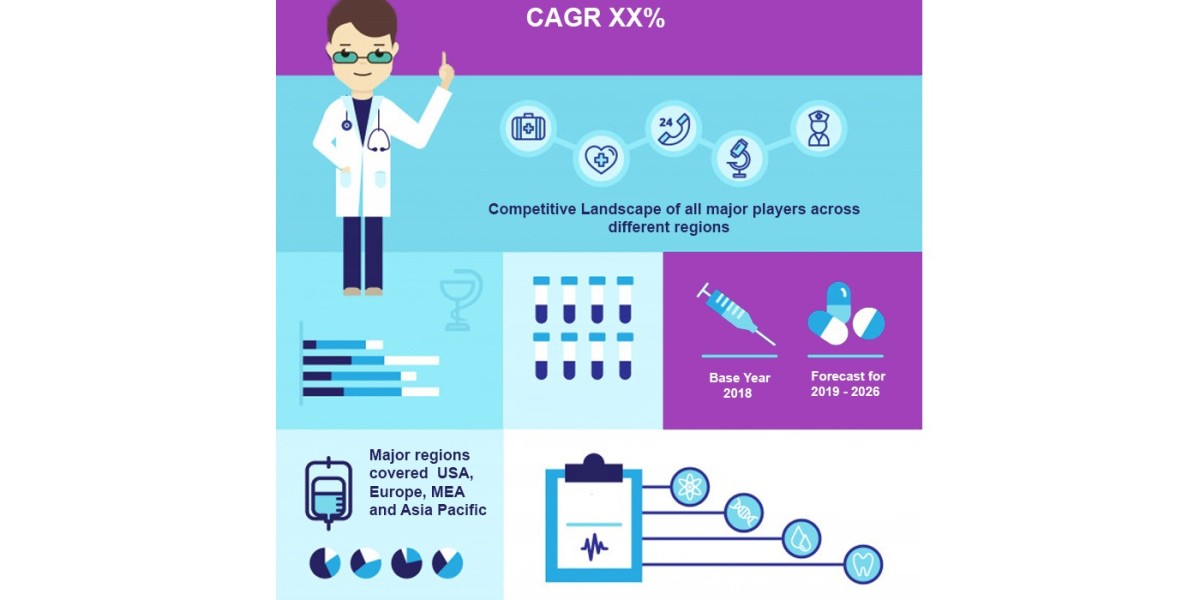Effective communication is vital when working with a staffing agency. Clear articulation of your needs and expectations not only streamlines the recruitment process but also ensures that the agency understands your organizational culture and the specific requirements of the roles you’re looking to fill. Here’s how to effectively communicate your needs to a staffing agency.
Define Your Objectives
Before reaching out to a staffing agency, take time to outline your objectives. Consider the following:
- Type of Positions: Specify whether you need temporary, permanent, or contract staff.
- Job Descriptions: Create detailed job descriptions that include key responsibilities, required skills, and any specific qualifications.
- Number of Hires: Indicate how many positions you need to fill and any timeline constraints.
Example
Instead of saying, “We need a sales representative,” clarify with, “We need two permanent sales representatives with at least three years of experience in B2B sales, strong communication skills, and familiarity with CRM software.”
Understand Your Company's Culture
Conveying your company culture is essential for finding candidates who will thrive in your environment. Discuss:
- Core Values: Share your organization’s mission and values. What traits do you prioritize?
- Work Environment: Describe your company’s atmosphere—formal, casual, collaborative, etc.
- Team Dynamics: Explain how teams operate and communicate. Are they autonomous, or is there a lot of collaboration?
Example
You might say, “Our company values innovation and teamwork. We prefer proactive candidates, enjoy brainstorming ideas, and thrive in a collaborative environment.”
Set Clear Expectations
Be explicit about what you expect from the staffing agency:
- Candidate Qualifications: Outline any non-negotiable qualifications or certifications.
- Recruitment Timeline: Specify how quickly you need candidates and any deadlines you’re facing.
- Communication Frequency: Indicate how often you want updates on the recruitment process.
Example
“Please provide weekly updates on candidate progress. We’d like to fill these positions within the next month.”
Discuss Compensation and Benefits
Clarifying compensation and benefits will help the staffing agency attract suitable candidates. Include:
- Salary Ranges: Provide a clear salary range for the positions.
- Benefits Offered: Mention any additional benefits like health insurance, retirement plans, or flexible working arrangements.
Example
“We’re offering a salary range of $60,000 to $70,000, plus benefits including health insurance, a 401(k) plan, and remote work options.”
Be Open to Feedback
Once you communicate your needs, be prepared for the staffing agency to provide insights or suggestions. They may have experience that can help refine your expectations:
- Market Insights: The agency can provide feedback on candidate availability and market trends.
- Role Adjustments: They might suggest modifications to your requirements based on their understanding of the talent pool.
Example
“Based on the current market, you may need to adjust the salary range to attract qualified candidates.”
Establish a Point of Contact
Designate a single point of contact within your organization to streamline communication. This person will:
- Coordinate with the Agency: Serve as the main liaison, ensuring that information flows smoothly between both parties.
- Handle Queries: Address any questions or concerns that arise during the recruitment process.
Use Technology for Efficient Communication
Consider using collaboration tools to enhance communication:
- Project Management Software: Tools like Trello or Asana can help track progress and tasks.
- Shared Documents: Use Google Docs or similar platforms for shared access to job descriptions, updates, and feedback.
Provide Constructive Feedback
After candidates are presented, provide timely and constructive feedback on their suitability. This helps the agency refine its search:
- What Worked: Highlight strengths you observed in candidates.
- Areas for Improvement: Mention any qualifications or traits that were lacking.
Example
“Candidate A was great in terms of experience but lacked the cultural fit we prioritize. We’re looking for someone who is more aligned with our collaborative approach.”
Conclusion
Effectively communicating your needs to a staffing agency is key to a successful partnership and successful recruitment outcomes. By defining your objectives, articulating your company culture, and being clear about expectations.
You can ensure that the staffing agency understands your requirements and can deliver candidates who are not only qualified but also a good fit for your organization. Open communication, ongoing feedback, and utilizing technology will further enhance the process, leading to better hiring outcomes and long-term success.









